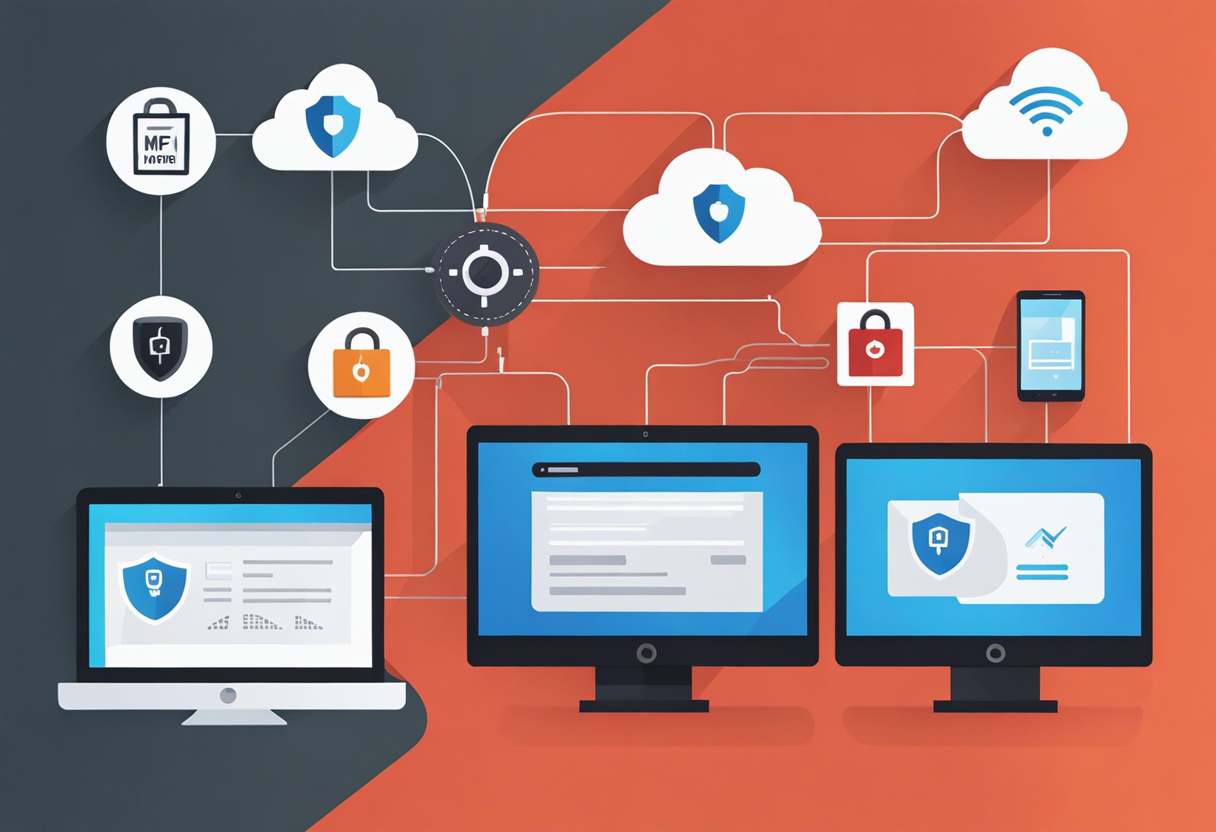Top 5 Game-changing Tactics in Identity Access Management for Cloud Computing Mastery
Understanding the role of Identity Access Management within the framework of cloud computing is our first step in mastering this field. In essence, IAM is a structure that enables an organization to control access to its resources in the digital realm. This system involves identifying, authenticating, and authorizing a person or group of people to have access to a particular system, such as an application, online profile, or network. In the context of cloud computing, mastering IAM becomes even more crucial as resources are often distributed across various cloud environments, making them potentially more vulnerable if not properly managed.
Flexibility, mobility, and efficient collaborative operations are the heart of IAM strategies allowing businesses to mitigate potential threats while maximizing their cloud-based operations. The importance of IAM in the cloud goes beyond mere password management. When done right, it's a game-changer, enabling businesses to achieve a new level of security while boosting their operational efficiency. Now, let's delve into the top tactics to generate game-changing results.
Harnessing Multi-Factor Authentication (MFA

Multi-Factor Authentication (MFA) is a strategy that ensures a user provides two or more separate forms of identification. This tactic reduces the risk of unauthorized access, as it’s more challenging for a malicious actor to simulate multiple forms of identification simultaneously. The use of MFA in cloud computing is an effective way of enhancing safety protocols and making sure only authorized individuals have access to specific data and applications. By combining something the user knows (like a password), something they have (like a mobile device), and something they are (like a fingerprint), we can create a robust security mechanism.